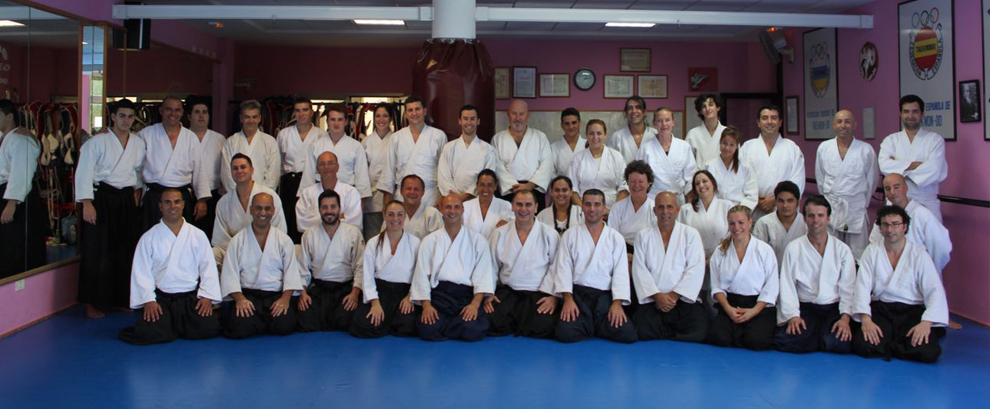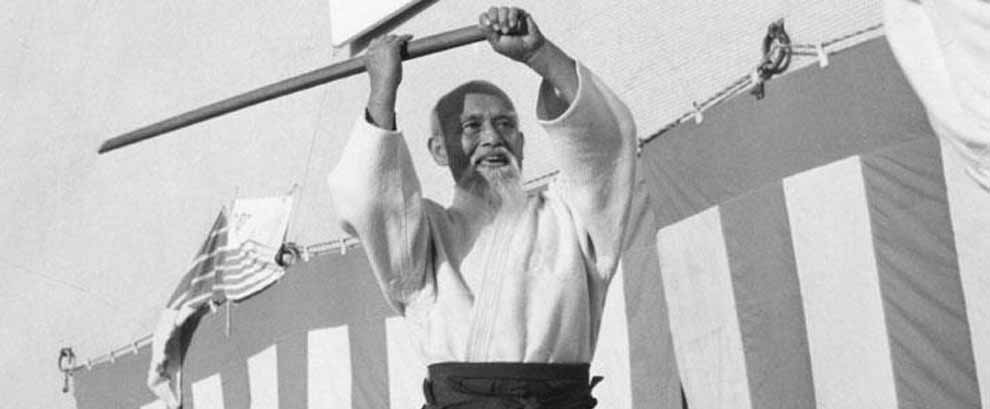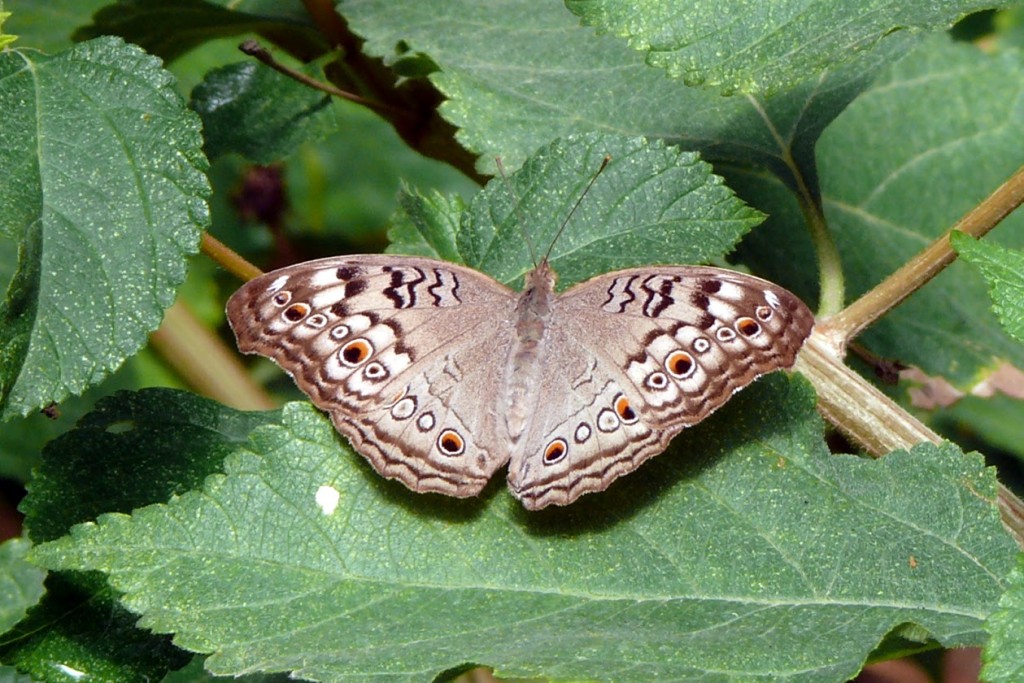Gray Pansy / Junonia atlites, Tagfalter
Die Oberseite beider Geschlechter ist blass Lavendel-braun, die hintere Hälfte der Flügel blasser. Die Vorderflügel: eine Zelle mit drei quer, kurz, gewundenen schwarzen Streifen, die äußerste Definition der Diskozelle; ein ähnlich kurzes, etwas breiteres Band jenseits der Zell Spitze; zwei Quer Diskal düstere schwarze Faszien, die innere hoch gewunden und außen, gewinkelte über Vene 4, der Äußere gerader, etwas lunularer, durch einer Reihe von weißlichen Ovalen von dunklen oder schwarzen Zentren begrenzt. Die schwarz-zentrierten Flecken in den Ovalen in Zwischenräumen von 2, 5, and 6 rearward margins with strong ocher. In addition to this series of ovals is a lunular, narrow, slanted, dark band, followed by winding subterminal and terminal wide dark lines. The apex of the wings slightly fuliginous. The hind wings: a short slim black ribbon of veins 6-4 at the top of the cell area; two Diskal, spiral, bevel, dark fascia, which are fortgesetzet on the forewings: followed by a series of dark centered ovals in gaps 2-6, the ovals at intervals 2, 5 and 6 largely limited with dark centers inside of ocher; postdiscal, subterminal and terminal lunular dark lines as on the forewings.
The bottom with purple white markings on top but very tender, slender and somewhat outdated. In the dry season, the forms in the males of the rows of oval eyespots are only indicated by the yellow-centered ovals. The most prominent labeling is the inner Diskal fascia over the wings; this is much less convoluted than on the top and on the forewings not angled. In females, the markings are all harder and clearer, the space between the individual, colored oblique fascia with ocher.
From the English Wikipedia
Translation Carina










Latest Comments